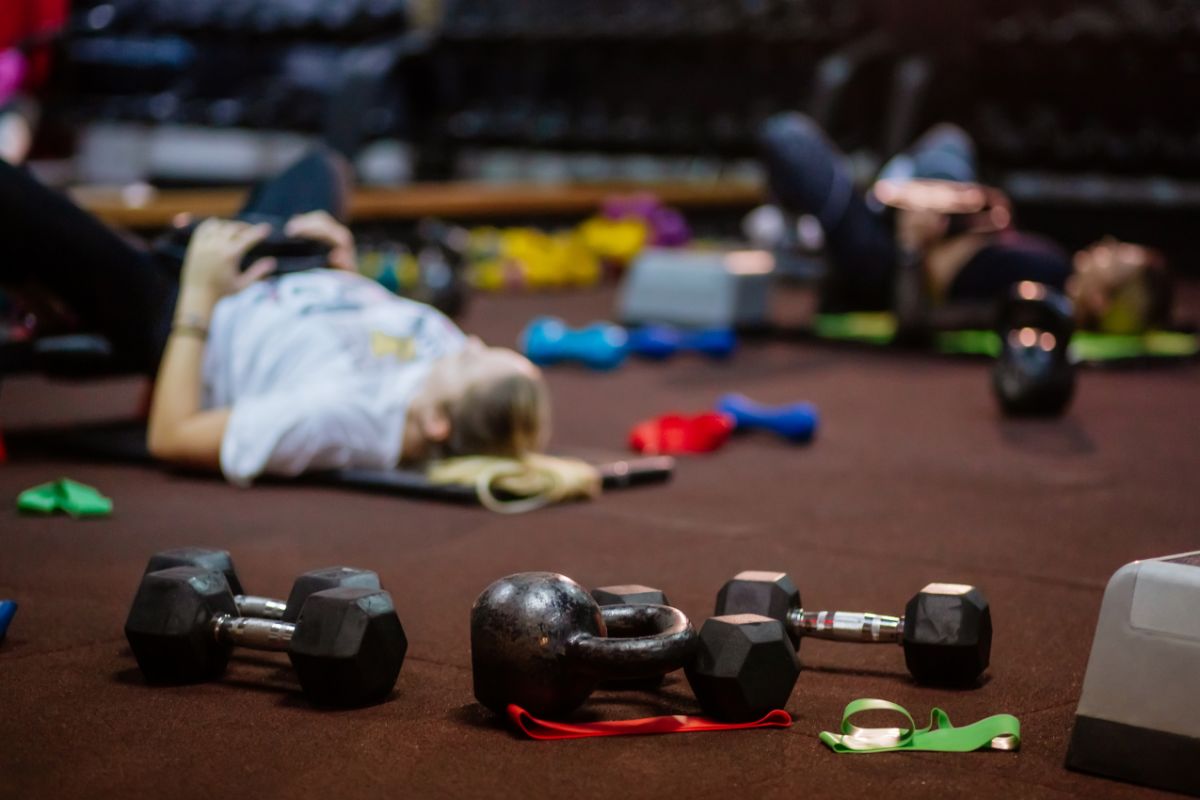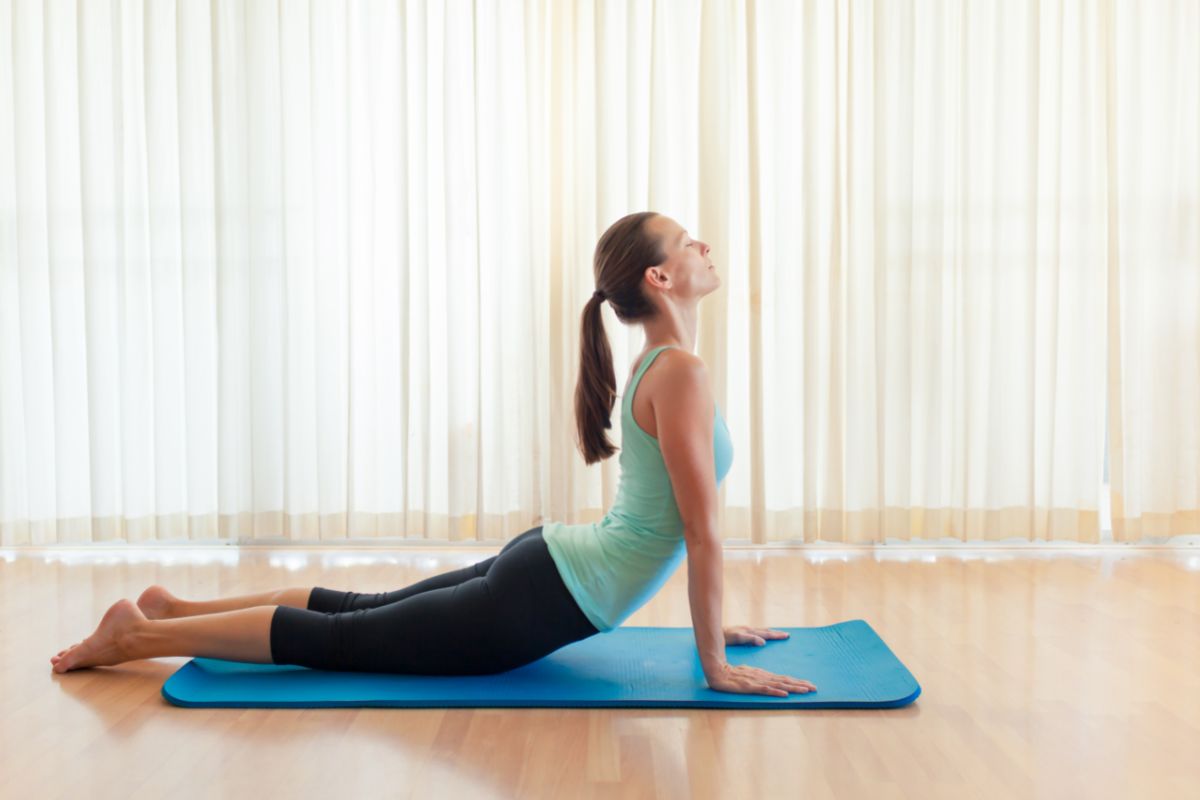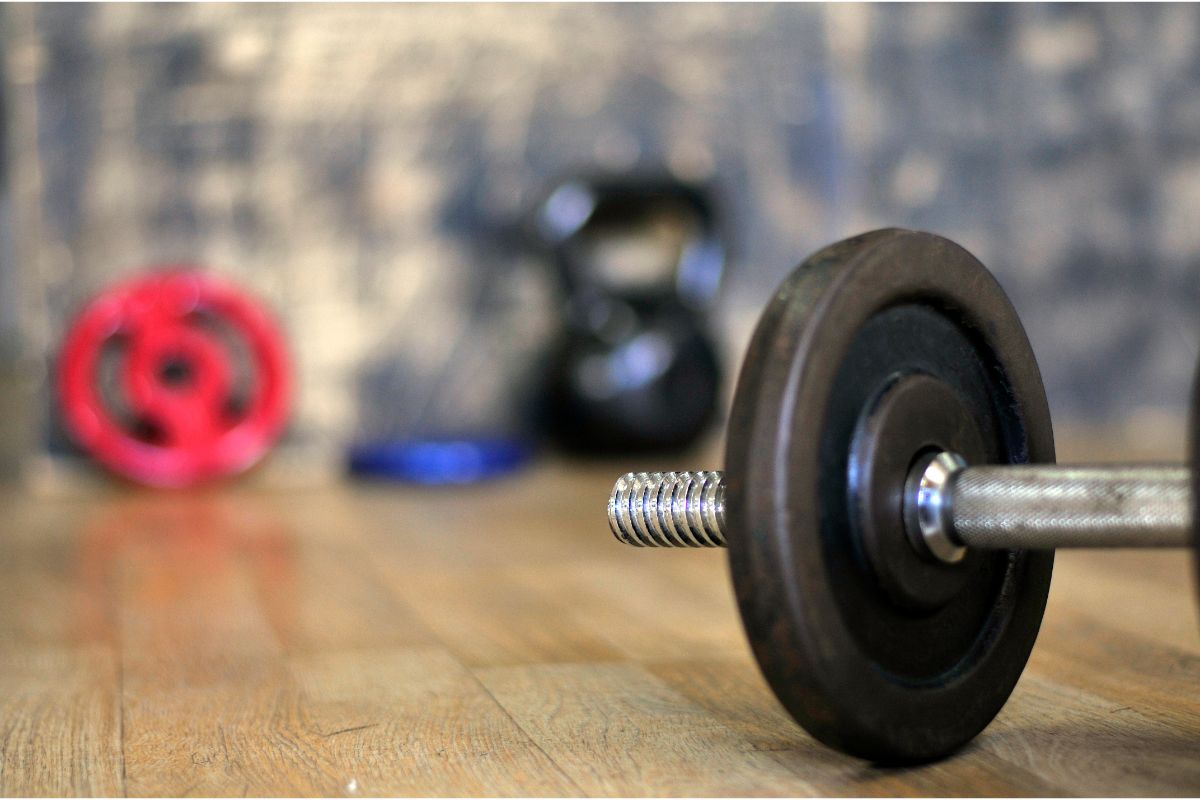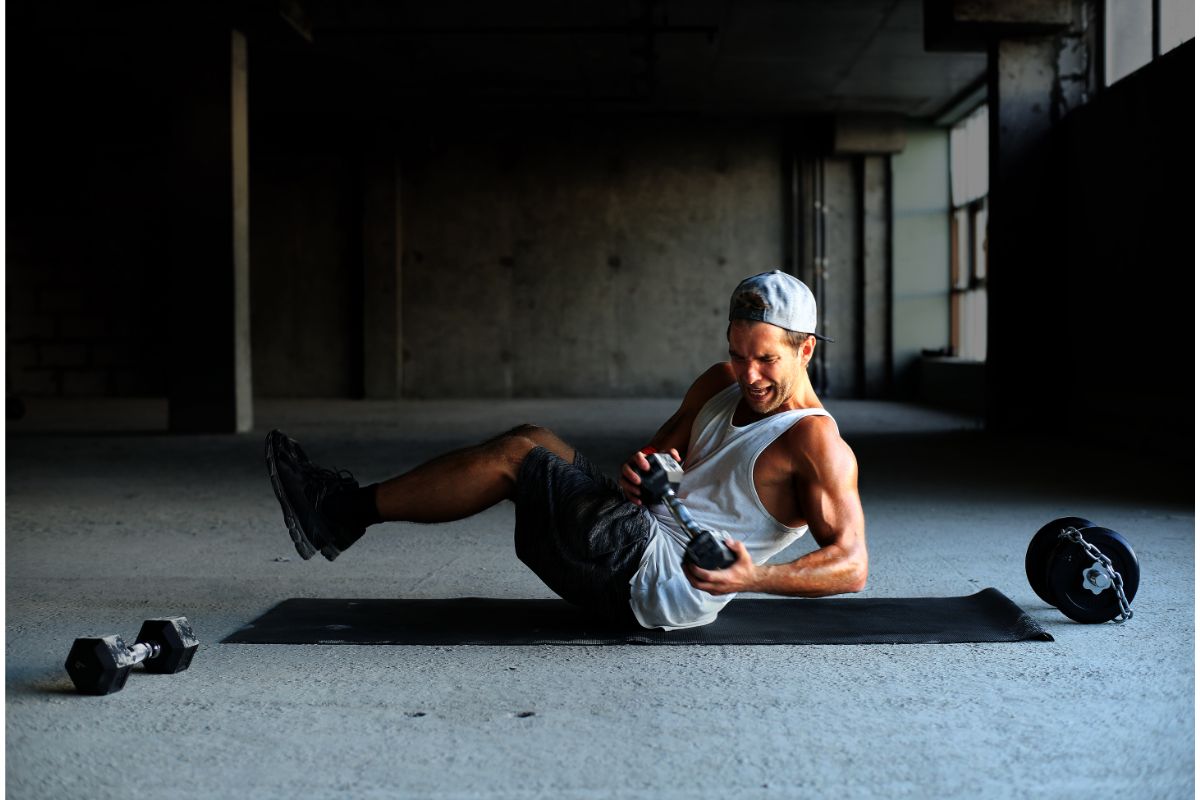Last Updated on October 16, 2022 by TJ Daniels, Certified Personal Trainer
Dumbbells are an incredibly popular piece of exercise equipment for both men and women for strength training.
They are incredibly effective, versatile, inexpensive, and can have you achieving great results within a short period of time!


Dumbbells can effectively be used to train muscle groups using nothing more than a workout bench, a knowledge of good posture, and the dumbbells themselves.
When you lift weights with dumbbells, you can approach your workouts with the intention of exercising your full body or just focus on your upper body or lower body.
If you have any imbalances within the muscles in your body, then dumbbells will also help you to detect these and correct them accordingly.
In this sense, they are great for training each side of the body as you require. The amount of time that you should work with dumbbells will depend on your current level of fitness and overall goals.
Is your goal to get a full body workout every time you go to the gym? Or maybe your goal is to lift weights for weight loss?
Regardless of your fitness training goals, the question that is asked all of the time is how many times a week should one workout with dumbbells to achieve my goals and/or maximize strength training?
Well, read on and we will not only cover how many days a week you should lift weights, but we will also cover how many reps and sets you should be incorporating into your training program.
Plan For Beginners
If you are relatively new to undertaking strength training, then dumbbells are a brilliant way to ease you into proper form.


This is because performing each exercise properly will ensure that you gain the most benefit from your workouts and avoid any unwanted injuries that will postpone your training routine.
Newcomers to strength training should ideally start by engaging in three 20-minute resistance sessions per week.
Full body dumbbell workouts include chest press, shoulder press, bicep curls, forearm curls, and tricep kickbacks.
The lower body will also benefit through a series of deadlifts, calf raises, front squats, and lunges as the dumbbells in your hands will provide the necessary resistance to enhance the benefits of these exercises and intensify your strength training.
Your abs will also benefit from using dumbbells as you can engage in weighted crunches using a lighter dumbbell weight.
You should use a dumbbell that weighs 3-5 pounds for these crunches and only do weighted crunches a few days a week.
Remember to ensure that your exercises remain simple when you are starting out and add in new routines as you learn them to enhance your workout routine.


Building Over Time
If you are experienced in the weight room and you wish to build more muscle by using dumbbells, then you should shoot to train for 30 minutes at least four days per week.
With this type of strength training, you will need to focus on specific areas within the body if you wish to build muscle within these areas.
You also need to make sure you keep track of your sets and reps and that you work your full body each week.
Thus, on days 1 and 3, you should focus on chest, triceps, and legs. This type of training split does a nice job of focusing on your upper body and lower body at least two days a week.
Some examples of good exercises to build muscle on days 1 and 3 include bench press, skull-crushers, and squats.
On days 2 and 4, you should focus your attention on your back, biceps, shoulders, and core.
These days really target your upper body and could include exercises like bent over row, seated curls, overhead press, and mountain climbers.
You should make sure that you are engaging in at least two exercises for each specific body part and undertaking three or four sets of 10-15 repetitive movements using a dumbbell that will challenge you accordingly.
If you also have access to a weight bench, then you should add in decline and incline exercises that will ensure that your muscles are able to form different angles like incline chest movements and incline bicep curls, for instance.


Essential Exercises
There are nearly 5,000 different exercises that can be undertaken using dumbbells for strength training. However, it is not essential to learn all of these exercises in order to complete a productive workout routine.
In this sense, you only need to learn the ‘master moves’ in order to obtain the most benefit from using this exercise equipment.
These moves include bicep curls, calf raises, chest flies, chest presses, crunches, deadlifts, triceps kickbacks, lunges, preacher curls, shoulder presses, side raises, tricep extensions, and squats.
Mastering these moves will guarantee that you are able to engage in a full-bodied dumbbell workout that reaps many rewards and amplifies your strength training.
Don’t Forget To Do Cardio


Undertaking cardio exercises is a crucial part of any routine as it is the best way to keep your body healthy outside of your strength training sessions.
The Center For Disease Control And Prevention suggests that healthier adults should engage in 150 minutes of moderate cardio activity or 75 minutes of intensive cardio activity each week.
It is best to split your cardio sessions into multiple sessions and target 2 or 3 times a week to complete them.
Activities that are stipulated to be moderately intense are any activity that raises your heart rate. Some examples of these activities include water aerobics, brisk walking, riding a bike, and mowing the lawn.
More intensive cardio activities include jogging, running, cycling fast uphill, or playing sports like basketball and soccer.
You will be able to ascertain whether you are engaging in vigorous activity or not as you will not be able to continue a conversation at the time.
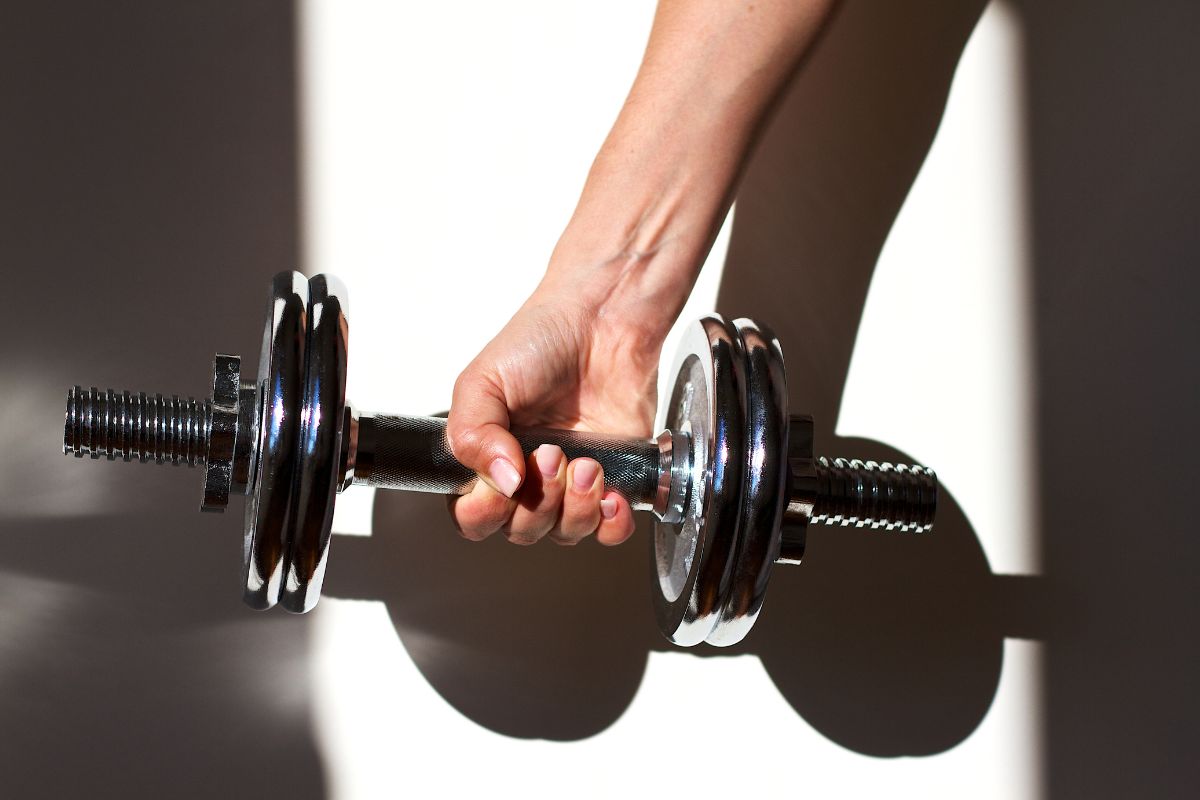

How Many Times A Week Should I Lift?
The vast majority of professional lifters will train up to six times per week due to splits in their individual workout programs and their set and reps will vary.
As mentioned, these splits entail focusing on a specific muscle group at a time.
The majority of weight lifters will approach their workout using training splits as it allows you to work extensively on specific muscle groups without wearing yourself down.
However, research has suggested that the overall amount of time focused on one muscle group in one week is far more effective than how the work is undertaken.
In this sense, workout splits may not be necessary and you could work out for fewer days during the week.
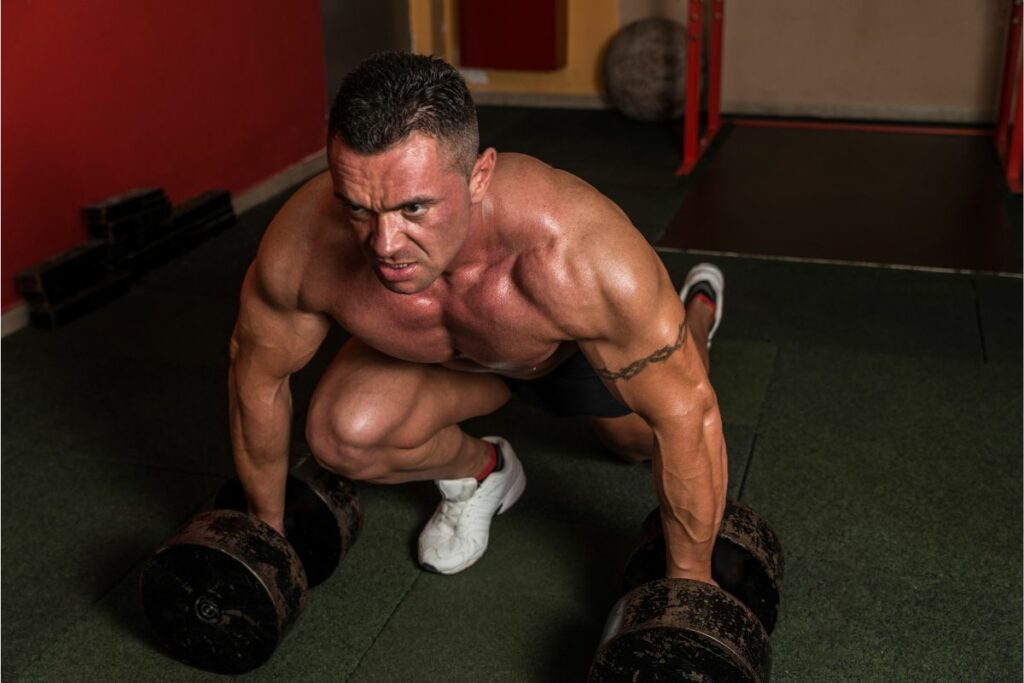

The fact that you do not necessarily need to work extensively on a selected muscle group in order to promote healthy muscle growth and vitality means that it doesn’t necessarily matter how often you lift during the week.
Instead, the best results will be derived from the amount of work that you are putting into each muscle group during the process.
In this sense, you do not need to work out on a daily basis in order to obtain the best results for your body. Therefore, you should ideally seek to work out three to four times per week with weights and look to do non-weighted exercises on the other days.
Why Is High Intensity Training Ideal?
Conversely, only engaging in one or two sessions per week isn’t going to promote muscle gain either. Therefore, the aim is to train at a higher intensity for three days per week, focusing on investing work into each muscle group.


The reason that this is the most effective means of gaining lean muscle mass is that the weight lifting process triggers something that is known as muscle hypertrophy, which is muscular growth for up to 48 hours.
Once the 48 hours have finished, the muscle growth will stop unless you continue to train that muscle again in order to promote further growth.
Over a period of time, muscle mass will accumulate. Thus, only training using dumbbells for two days per week is not going to place your body into an optimum state for muscle building.
Momentum
One big reason why you might consider working out every day is due to the well-known concept of momentum.
The momentum that you generate by committing to working out every day is very powerful!
When you work out seven days per week, contrary to popular belief, it’s really easy to never miss a workout.
The main reason why is that we’re creatures of habit.
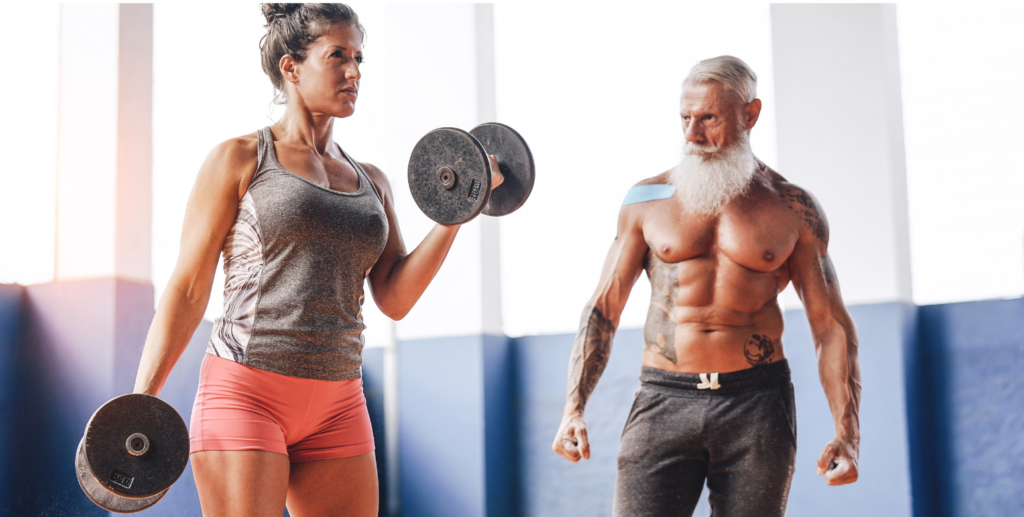

Another reason why is that you don’t have to spend any time debating about whether or not to work out that day so the thought never crosses your mind.
Since it’s just part of your regular routine that you engage in every single day, believe it or not, it is easier to get yourself to the gym than if you weren’t working out every day.
And I’ve seen this first hand! The clients that I coach that commits to a workout every day are much more consistent and have fewer excuses than those that are on every other day or less frequent regime.
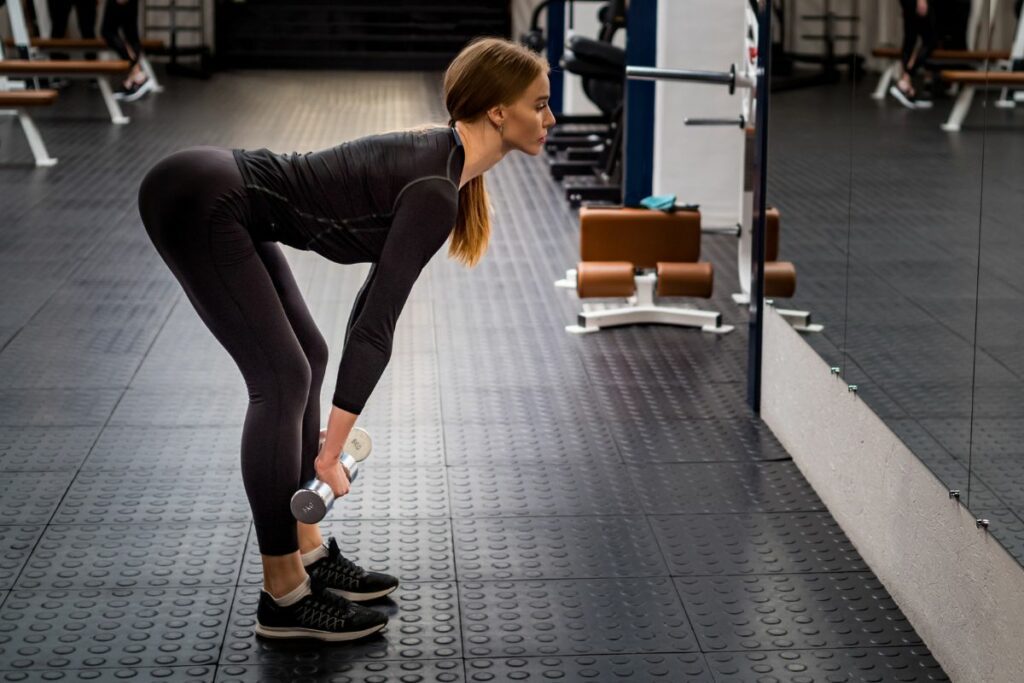

Conclusion
You should ideally work out with dumbbells for three to four days per week, undertaking an array of muscle-group-specific exercises during the workout process.
There are a variety of exercises that you can undertake using dumbbells and they are the perfect addition to provide you with resistance during the training process.
If you are a beginner, then you should start out by using smaller dumbbells and engaging in routines that include lunges, squats, and bicep curls among other exercises.
Once you have mastered the basic exercises, you will be able to intensify your routine and add more moves to it.
However, it is important that you do not push yourself beyond your limits right away, and using dumbbells is the perfect way to ease you into strength training and build resistance over time.
- How To Start HIIT Workouts [Beginner’s Guide] - May 18, 2023
- How To Sneak A Workout In While Taking Care Of Your Baby - March 17, 2023
- How To Build Your Chest With Dumbbells [Guide] - February 9, 2023




